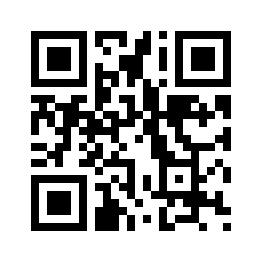How to Grind a Concrete Floor to Accept Epoxy Paint
There are a number of coatings that are suitable for concrete floors, and one of these is paint, more specifically, epoxy paint. Epoxy paint provides a durable coating, but the floor needs to be properly prepared before painting so that the paint adheres well. If the floor has had a sealer or any previous kind of coating, this needs to come off. There are two basic methods of doing this: chemical, which involves chemical strippers, and mechanical, which involves grinders and shot blasters. Grinding is often the most effective choice.
Benefits
While shot blasting and chemical stripping are both effective methods of removing previous coatings from a concrete floor, grinding has some notable benefits. Grinding opens the pores in the concrete, which helps the epoxy have something to grip, creating a better adherence. A shot blaster can do this, too, but can create a pitted, uneven surface. Grinding ensures a much more even, uniform floor, and, unlike using a chemical stripper, can smooth out imperfections in the concrete. Grinders are what are used for creating polished concrete floors.
Floor Grinders
Floor grinders come in a range of sizes, and so you'll need to choose one appropriate for your particular floor. You may also want two different sizes, a large one for the middle and a small hand grinder to get into corners and edges. The grinder operates by running a rotating disk across the floor, which removes up to 1/8 of an inch of material at a time. Disks are typically made from silicon carbide or tungsten carbide, or may be embedded with diamond bits. Grinders can run on gas, propane or electricity and can be wet or dry. Wet grinding is easier on the equipment and creates less dust, and grinders designed for this come with a water tank. Dry grinding is less messy, as dry grinders often come with a device for containing the dust, and wet grinding requires manual removal of the dust and water mixture. It should be noted that grinders are very expensive, and so renting one is the best option if you are grinding a single floor.
Use
Larger grinders are designed for the operator to walk behind, pushing the grinder slowly along the floor. Once the grinder makes one pass, the operator slowly moves it backward, moving it from side to side to ensure even grinding. The next pass overlaps the first by about half. Grinding the floor can take many passes, and depending upon how smooth you want to make it, can require the user to progressively change the grinding disk from a low, coarse grit to a high one. Many changes are necessary for a polished floor, but since you will be applying a coating rather than polishing, this is unlikely to be necessary. A hand grinder has a smaller diameter and is suitable for grinding close to the wall or for smoothing down bumpy areas before you use the large grinder. It is also possible to simply use a hand grinder for the entire project, though this may take more time.
Safety
There are a number of dangers associated with using floor grinders, which you should be aware of prior to starting your project. Any clothing you wear should be snug; tie up long hair and don't wear jewelry. Your shoes should have a good grip on the bottom; steel-toed shoes are optimal. If you're using wet-grinding, this will make the floor slick. The grinding process is quite noisy, and so you need protection for your ears to prevent permanent damage. The grinder will produce a lot of dust, which is hazardous to inhale, as well as debris, and so you must wear a dust mask and safety goggles to protect yourself. You should read all instructions for the floor grinder before operation to learn more about how to keep yourself safe regardless of whether you use a large grinder or a small hand-grinder; this equipment is dangerous.


